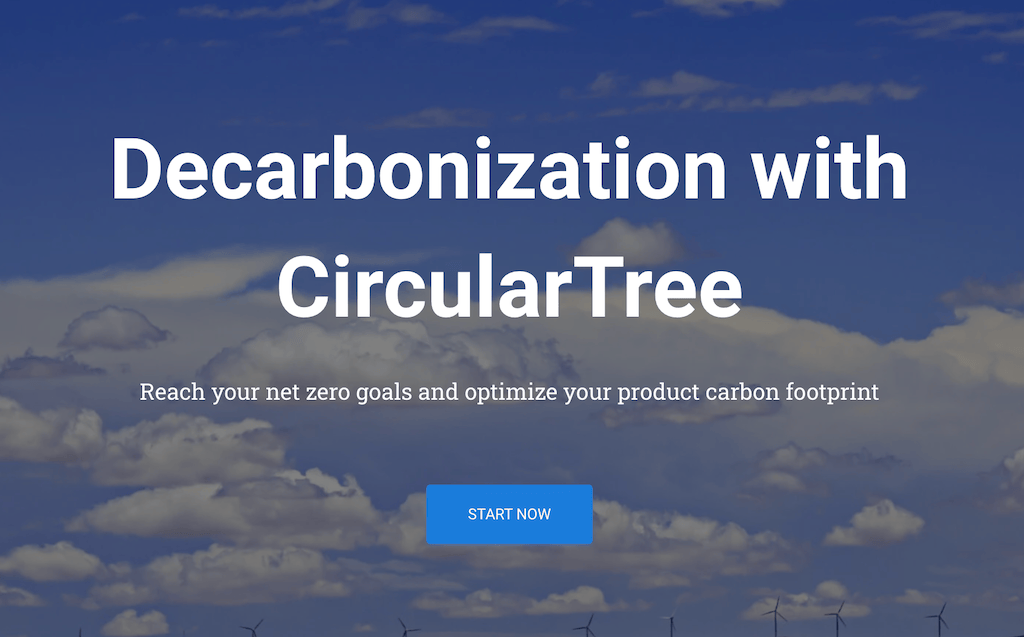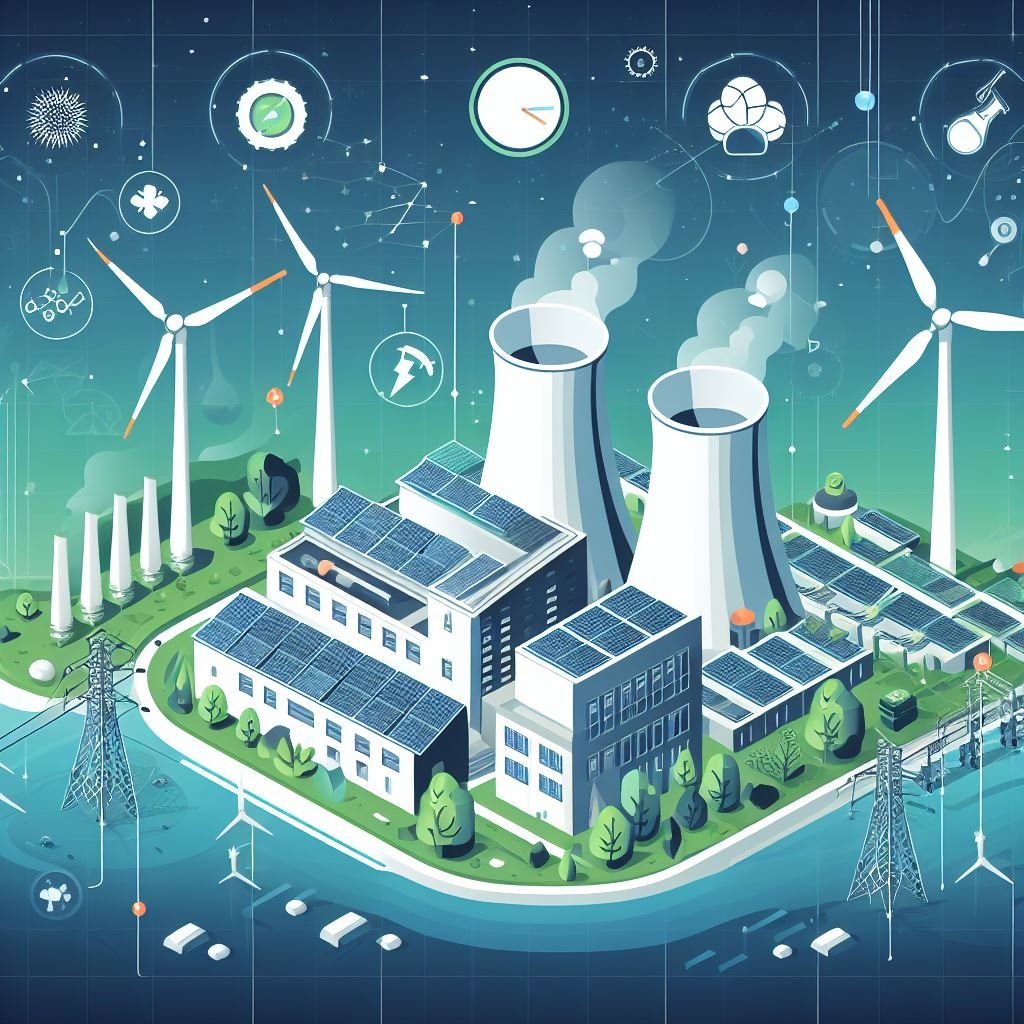Supply Chain Emissions
Supply chain emissions are important because they account for a significant portion of global greenhouse gas emissions. According to the World Economic Forum, supply chain emissions make up about 80% of a company’s total emissions. This is because the supply chain includes all the activities involved in getting a product from its source to the consumer, such as transportation, manufacturing, and packaging.
More Information: circulartree.com
- CircularTree and BASF – launch of the PACIFIC-App
 CircularTree and BASF are committed to sustainability, efficiency, and innovation in the automotive sector.
CircularTree and BASF are committed to sustainability, efficiency, and innovation in the automotive sector. - What are Carbon Dioxide Emissions and their Environmental Impact
 Carbon dioxide emissions are when carbon dioxide is released into the atmosphere. CO2 is produced whenever carbon-based materials are burned.
Carbon dioxide emissions are when carbon dioxide is released into the atmosphere. CO2 is produced whenever carbon-based materials are burned. - What is Decarbonisation?
 Decarbonisation refers to the process of reducing carbon dioxide (CO2) emissions that are released into the atmosphere from human activities.
Decarbonisation refers to the process of reducing carbon dioxide (CO2) emissions that are released into the atmosphere from human activities. - Calculating Supply Chain Emissions: Key Factors & Data Sources
 Accurately calculating scope 3 emissions is crucial for setting science-based targets, choosing suppliers, and reducing impacts.
Accurately calculating scope 3 emissions is crucial for setting science-based targets, choosing suppliers, and reducing impacts. - How can companies decarbonize their supply chains?
 Decarbonizing supply chains involves reducing greenhouse gas (GHG) emissions across the entire value chain of a company.
Decarbonizing supply chains involves reducing greenhouse gas (GHG) emissions across the entire value chain of a company. - Global Greenhouse Gas Emissions: A Comprehensive Overview
 The issue of global greenhouse gas emissions is a complex and urgent one. It requires concerted efforts from all sectors of society, including governments, businesses, and individuals.
The issue of global greenhouse gas emissions is a complex and urgent one. It requires concerted efforts from all sectors of society, including governments, businesses, and individuals. - Understanding Scope 4 Emissions: A Comprehensive Guide
 Scope 4 emissions are indirect emissions that occur as a result of a company’s value chain activities.
Scope 4 emissions are indirect emissions that occur as a result of a company’s value chain activities. - Scope 3 Emissions: Understanding and Tackling the Hidden Impact on Climate Change
 Measuring and reporting Scope 3 emissions can be challenging due to the complexity of value chains and the difficulty in obtaining accurate data.
Measuring and reporting Scope 3 emissions can be challenging due to the complexity of value chains and the difficulty in obtaining accurate data. - Understanding Scope 2 Emissions: A Comprehensive Guide
 Scope 2 emissions refer to indirect greenhouse gas emissions that occur as a result of consuming purchased electricity, heat, or steam.
Scope 2 emissions refer to indirect greenhouse gas emissions that occur as a result of consuming purchased electricity, heat, or steam. - Understanding Scope 1 Emissions: A Key Component of Corporate Sustainability
 Scope 1 emissions refer to direct greenhouse gas emissions that occur from sources owned or controlled by a company.
Scope 1 emissions refer to direct greenhouse gas emissions that occur from sources owned or controlled by a company. - Reducing Emissions in the Supply Chain: A Sustainable Approach
 Reducing emissions in the supply chain is not only a responsibility but also an opportunity for businesses to contribute to a more sustainable future.
Reducing emissions in the supply chain is not only a responsibility but also an opportunity for businesses to contribute to a more sustainable future.